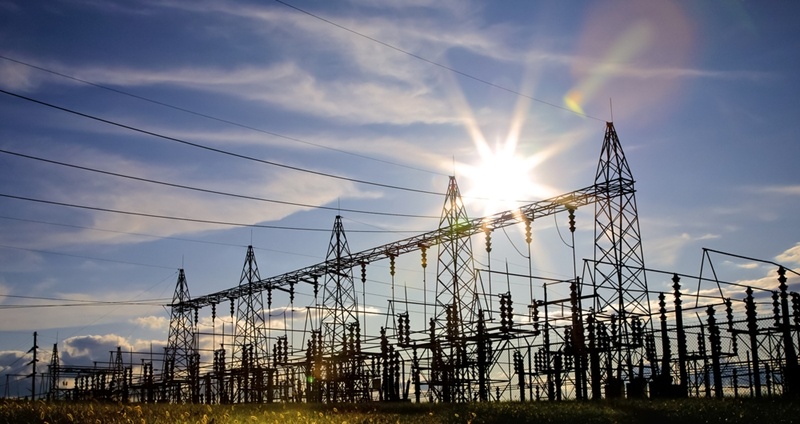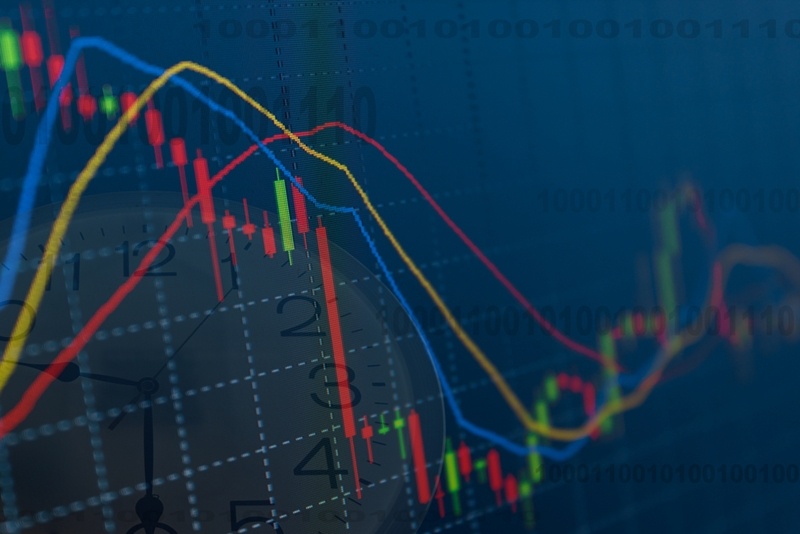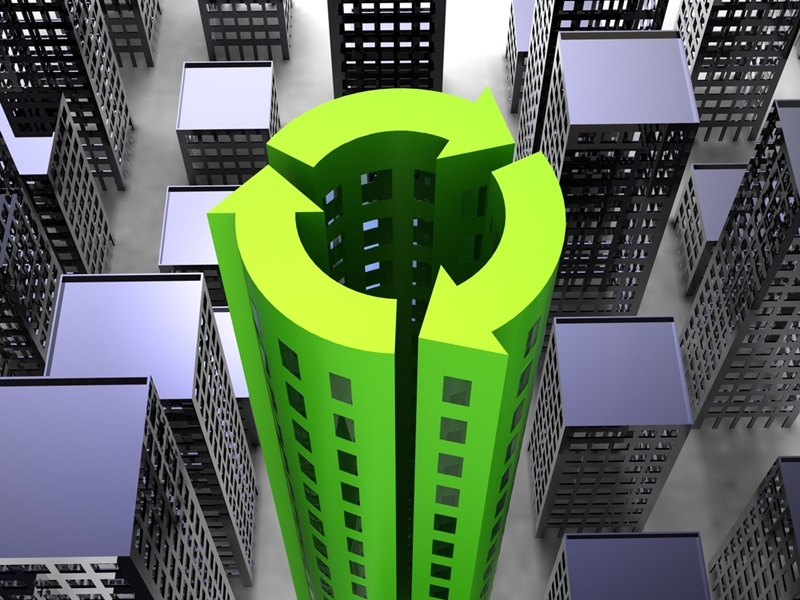MISO can clean up its act, but it isn't out the woods yet, says report
The future of the U.S. grid will not be decided solely on generating accurate capacity and providing reliable distribution at a fair price. Instead, thanks to energy efficiency standards and environmental regulations, independent system operators and regional transmission organizations will be forced to reconfigure their business models to account for carbon emissions and other such air quality considerations.
For some, like Midwest Independent Transmission System Operator, Inc., the benchmarks set by legislation like the Environmental Protection Agency's Clean Power Plan seem too difficult to grasp in the small amount of time. The measure challenges the energy generators to curb carbon emissions by 30 percent before 2030, placing proverbial mile markers along the way to ensure these organizations are meeting their goals, or, at the very least, setting a countdown clock to encourage them to prioritize what's important.
"Changing into a cleaner-burning market might still be an uphill battle for many reasons."
Though MISO considers the matter moot, a recent report found the organization might be more able to comply than it lets on. However, some tough decisions might make the path to cleaner energy a bit bumpy.
Clean power for all
To start at the end, research from a market-wide assessment of MISO by Analysis Group concluded that the network of generators and distributors has the wherewithal to meet CPP regulations on time without sacrificing grid resilience. The report examined the tools MISO has used in the past to adjust their operations when thrown a curveball, citing fluctuating natural gas and coal prices, the 2014 Polar Vortex and even the Mercury and Air Toxics Standards, which Analysis Group calls "more restrictive" than the CPP.
However, to MISO's credit, changing into a cleaner-burning market might still be an uphill battle for many reasons.

Coal dependence gums up the works
As Analysis Group points out and history shows, the Midwest energy market has been and continues to be heavily reliant on coal-burning energy generation. Federal regulations targeting carbon-emitting plants tax generating costs for the amount of pollution they release into the atmosphere. Subsequently, many coal plants have been forced into retirement to make way for cleaner, cheaper alternatives.
The U.S. Energy Information Administration projected coal retirements will reach 60 gigawatts by 2020, with another 30 gigawatts to come over the following 20 years. With the future of coal as a viable energy option on shaky ground, it is understandable that an energy market would naturally fret over providing reliable service to its customers and end users. The expansion of wind generation throughout the region could help MISO adhere to the environmental standards and retain grid security, so long as intermittency and storage issues therein are addressed. But can this technology develop at the quickening pace coal plants close?
Too much ground to cover
MISO powers a market spanning 15 states, which makes it one of the largest wholesale providers in the country. According to Utility Dive, due to the vertically integrated utilities in most of the states MISO services, the organization is subject to not only federal mandates, but state regulations as well. This adds an extra level of constriction to an already entangled processes.
This content is property of ESCO Advisors and all reproductions must reference and link back to the ESCO Advisors website.
Share this
You May Also Like
These Related Stories

Possible changes for PJM could mean better price offerings for gas generators

How the government and generators deal with clean energy adoption together


